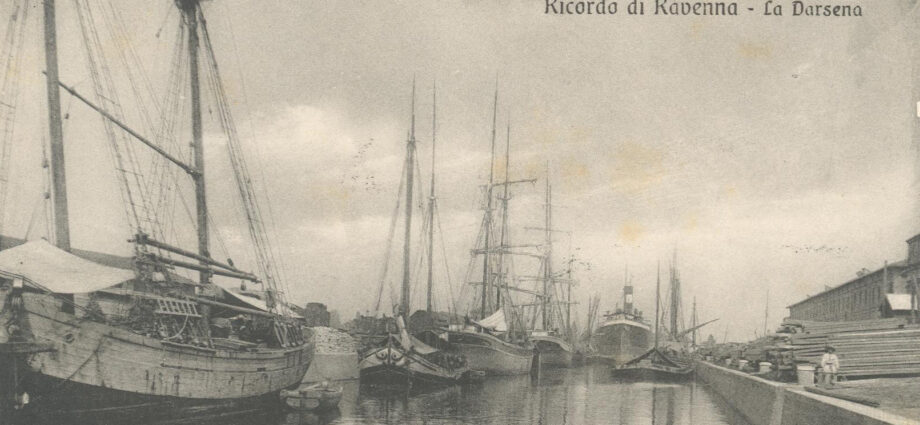Over the past months, the office of the Amsterdam Time Machine team at the Bushuis in the centre of Amsterdam, has been enriched with the presence of a visiting PhD candidate from Italy: Francesca Fabbri. She is in the final stages of working on her PhD, which is part of the DARE-UIA Project Digital Storytelling for the Regeneration of an Urban Neighborhood. Next to that, she is also collaborating with our researcher Nynke Anna van der Mark on a project about the Westergasfabriek, of which she is making 3D-models. Francesca tells us something about her project:
DARE-UIA (Digital Environment for Collaborative Alliances to Regenerate Urban Ecosystems in middle-sized cities) is a project financed by the European Community, in the context of Urban Innovative Actions, based on the alliance between public, private, and non-profit sectors and citizens. The project has taken place from 2020 to 2022. Specifically, the location of the enhancement process is formed by the docks of Ravenna. This Italian city has a centuries-old history, starting in the eleventh century. The city is characterized by abandoned industrial archeology. The neighborhood under scrutiny will become an open-air laboratory of regeneration and digital transition. The Cultural Heritage Department of the University of Bologna is a partner in this project and collaborates in the creation of a Living Archive related to the history and culture of the docks. At this department, the FrameLAB Multimedia & Digital Storytelling is situated, which creates digital storytelling tools for the enhancement of the material as well as the immaterial heritage of the Ravenna’s dock.
To reconstruct the evolution of the district from a social, cultural and productive point of view, different sources have been collected such as photos, videos, historical amateur material, documentaries and cadastral and industrial information. The archive dedicated to the Darsena area of Ravenna is based on digital storytelling, designed as a tool for the presentation of digitized memory. The digital tools that are used include GIS software and 3D reconstructions of industrial archeology. The use of GIS tools has allowed the creation of Storymaps: digital presentations of multimedia files, born as sharing maps and subsequently enriched with textual and audiovisual material that is easy to interact with. The maps have been used to tell stories related to the history and the cultural memory of the dock. The last phase of the project is related to its sustainability and dissemination and is part of my PhD research, dedicated to the study of open-air museums and the design of an open-air museum of the dock with interactive installations on site. This involves the 3D reconstruction of the docks, and the dissemination of the storymaps in the neighborhood. The project wants to create a model of enhancement of cultural memory with a bottom-up approach, involving the community, that could be reproducible.
Francesca Fabbri, June 2023.
2023-06-16

